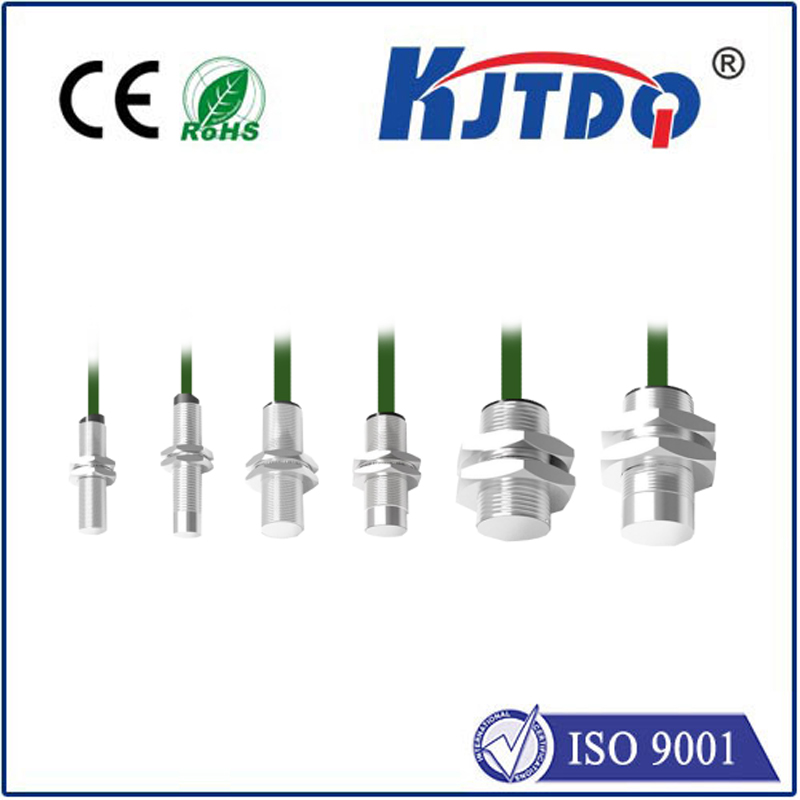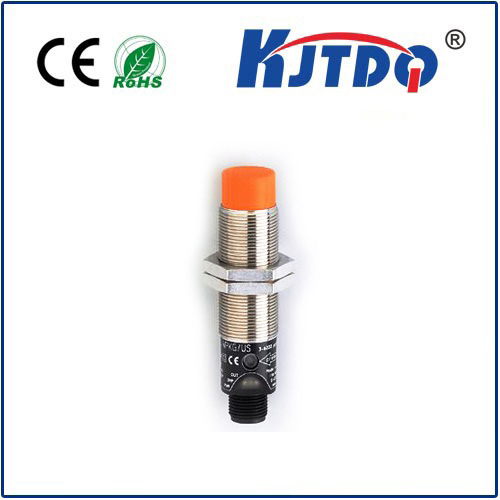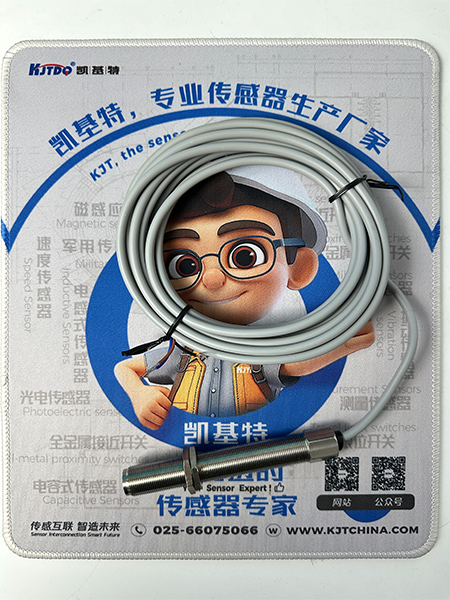


查看更多

查看更多

查看更多

查看更多

查看更多

查看更多

查看更多
BIM-UNTK-AP7: A New Era in Building Information Modeling and Sustainable Design
In the rapidly evolving landscape of construction and architecture, Building Information Modeling (BIM) has emerged as a cornerstone of modern design and project management. The BIM-UNTK-AP7 initiative represents a significant step forward in integrating advanced modeling techniques with sustainable practices. This article explores the key features, benefits, and implications of the BIM-UNTK-AP7 framework, emphasizing its role in enhancing efficiency, reducing environmental impact, and promoting innovation in the industry.
The BIM-UNTK-AP7 framework is designed to standardize the use of Building Information Modeling (BIM) across various stages of a construction project. By aligning BIM with Universal Technical Knowledge (UNTK), this initiative ensures that all stakeholders—from architects to contractors—can work with a unified digital model that captures detailed information about the building’s structure, materials, and performance. The AP7 designation refers to a specific version of the BIM standard, tailored for advanced project management and integration with sustainable design principles.

One of the core strengths of BIM-UNTK-AP7 is its ability to enhance collaboration among different project teams. Traditional construction methods often lead to miscommunication and inefficiencies, but BIM provides a centralized platform where all data can be shared and updated in real time. This not only improves project coordination but also reduces the likelihood of errors and rework, ultimately saving time and resources. The integration of Universal Technical Knowledge (UNTK) ensures that all information is consistent and up-to-date, allowing teams to make informed decisions throughout the project lifecycle.
Moreover, BIM-UNTK-AP7 is deeply rooted in sustainability. By incorporating environmental impact assessments and energy efficiency metrics into the BIM model, the framework supports the development of green buildings. This aligns with the global push for sustainable development and helps reduce carbon footprints. The AP7 standard also includes tools and methodologies for optimizing resource use, such as material efficiency and waste reduction, which are critical in today’s environmentally conscious construction industry.
Another key aspect of BIM-UNTK-AP7 is its adaptability to different project scales and complexity levels. Whether it’s a small-scale residential project or a large-scale infrastructure development, the framework provides a flexible yet robust system for managing complex information. This adaptability ensures that the BIM model can be customized to meet the specific needs of each project, making it a versatile solution for a wide range of applications.
The implementation of BIM-UNTK-AP7 also brings significant benefits to the project management process. By integrating data from various sources into a single model, project managers can gain a comprehensive view of the project’s progress, risks, and performance. This enables more accurate forecasting and better decision-making, which is essential in managing large and complex projects. The use of BIM in project management also supports the adoption of lean construction principles, which aim to minimize waste and improve overall efficiency.
In addition to its technical benefits, BIM-UNTK-AP7 fosters a culture of continuous improvement and innovation. As the BIM model evolves, it becomes a living document that reflects the latest developments and insights from the project team. This dynamic nature of the model encourages collaboration and knowledge sharing, ensuring that the project remains aligned with the latest industry standards and best practices.
The future of construction is increasingly dependent on digital tools like BIM. The BIM-UNTK-AP7 initiative represents a crucial milestone in this evolution, offering a structured and standardized approach to BIM implementation. As the construction industry continues to prioritize efficiency, sustainability, and innovation, the adoption of BIM-UNTK-AP7 will play a vital role in shaping the next generation of building projects.
In conclusion, the BIM-UNTK-AP7 framework is not just a technical standard but a transformative approach to construction and design. By combining BIM with Universal Technical Knowledge, it enables a more efficient, sustainable, and collaborative building process. As the industry moves towards digitalization, the BIM-UNTK-AP7 initiative will continue to be a key driver in shaping the future of the construction sector.









